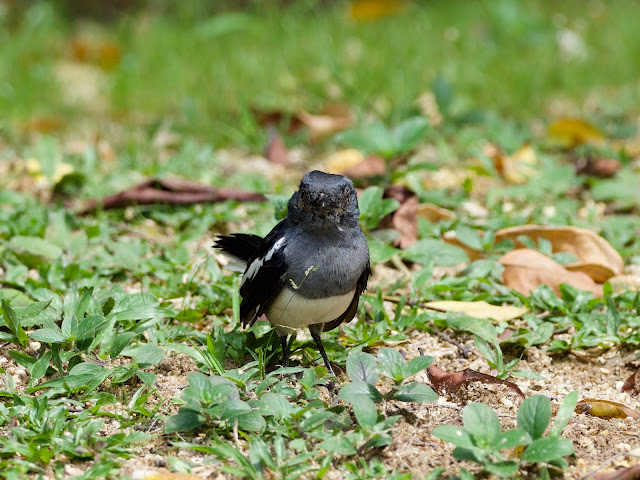This migratory season proves to be a good one for me in terms of ample opportunities observing and photographing the Common Kingfisher, especially on one extended preening occasion.
First, it was just normal routine after a couple of fishing dives, cleaning, nibbling, and ruffling its feathers.
Birds do apply oil to their feathers as they preen, oil supplied by their preen or oil gland, specifically 'uropygial gland', located at the base of their tail, meant to waterproof their feathers and also for anti-bacterial and anti-fungal purpose. The oil could also maintain its plumage colours.
What a swing, drying off!
Off it went to another spot, another session, for another good 30-over minutes of preening.
This time it perched even more openly, right in front where I was, and now it was more of flexing and stretching compared to its earlier nibbling and ruffling. Perhaps the open area allowed for better room to do extend and loosen.
Clearing its throat, and what a stretch!
Wished I was at a better angle to better capture it unfolding its wing.
Repeatedly clearing its throat.
Then came the interesting part, where it looked like it swung its leg across its upper body, a seemingly awkward position for its leg, which I had earlier thought was a lesser seen unique body part!
First, a twist or a stretch.
The kingfisher was also seen to protect its eye/s by closing its nictitating membrane.
And compare that to a subsequent sighting when it was at a more natural position as it stretched its other leg across and beneath its neck.




























































